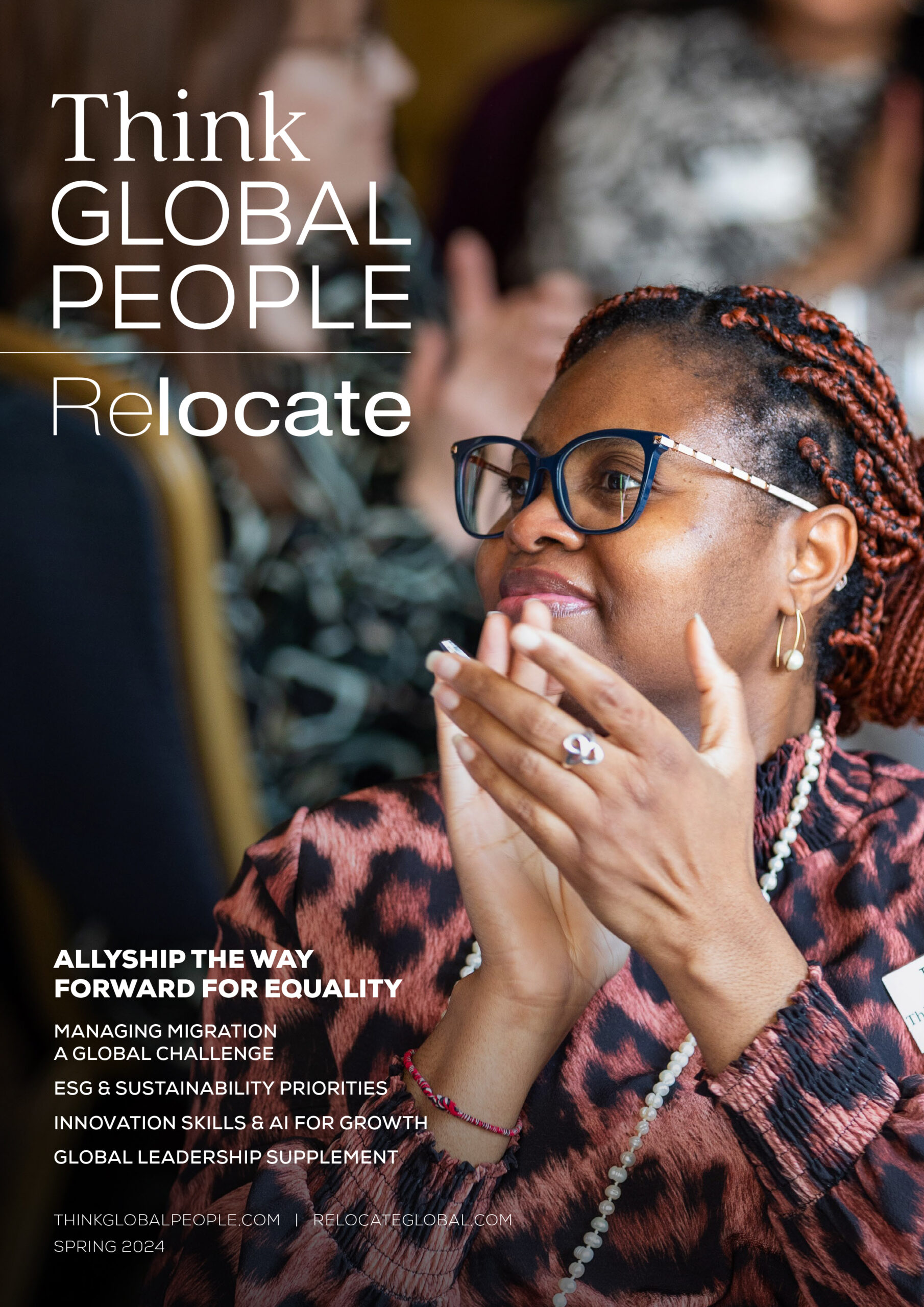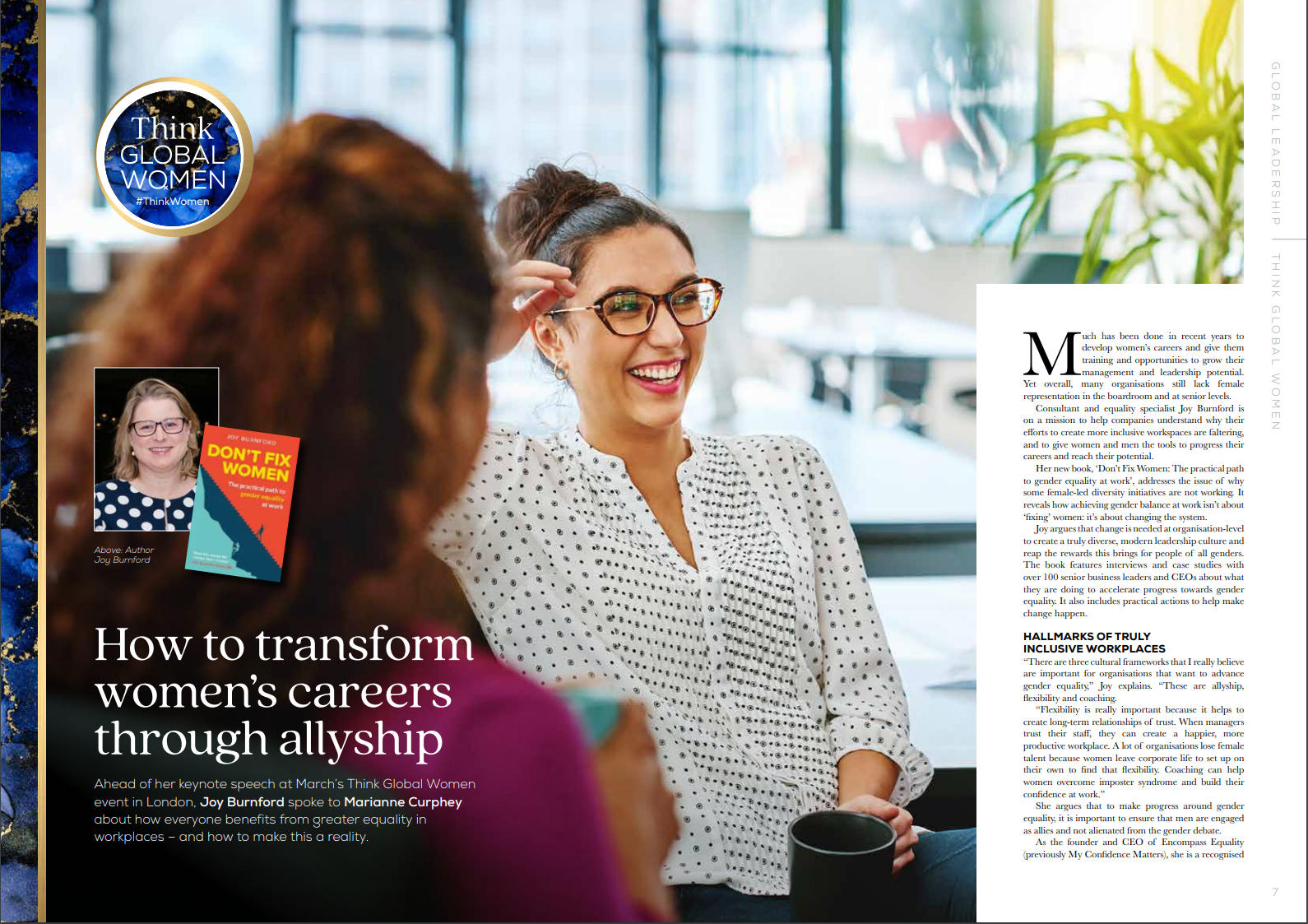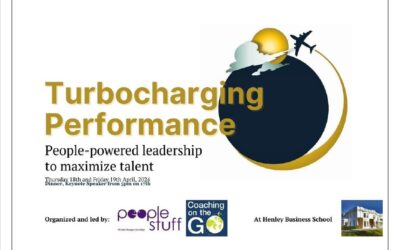Combining leadership skills with business acumen
Emma Loisel, Board Director, business owner and Investor in high growth ventures, explains to Marianne Curphey why talent management needs to show tangible business results and how HR teams need to learn to speak the language of investors

Emma Loisel
Emma is Co-Founder and Chair of Volcano Coffee Works, an independent speciality coffee roastery providing freshly roasted coffee to cafes and restaurants. She has worked at KPMG, been on the board of NZ Growth Capital Partners, and served as COO of The Exchange Lab.
How to speak the language of investors
HR and investment can often be seen as separate silos with little dialogue between the two. However, Emma believes that the two functions need to work together in order to quantify results and get the best out of a business.
“The challenge with businesses is that performance is often measured by the top line profit and the bottom line,” she explains. “That is how investors measure performance and the rate of growth. The challenge for businesses is that the only things that deliver those two metrics are people and product, particularly people.”
For example, when making your case to increase staffing levels or headcount, investors will want to know how you are going to measure the output of additional staff members in terms of revenue generated. She argues that unless you have methodologies and processes in place to demonstrate how the team have added value, that is going to be difficult to achieve.
“It comes down to some basic processes around clear role descriptions, KPIs and objectives,” she says. “This needs to be succinct and measurable so that you can demonstrate to the board what is driving the revenue, profitability and the return on investment they can expect to see.”
“There is often a disconnect within business where HR is seen to be about people, and performance is seen as a top line financial target,” she says.
In fact, where you get performance really working in a business is when you marry those two together, she suggests, and the key is to collect the right type of data and use it effectively.
How to measure success in terms of people and investment
She says that a common but not particularly useful form of data use is to track revenue and present your findings to staff on a regular basis.
“I’ve seen businesses track revenue and profit, and then every quarter they tell their people the results around revenue and profits. Every quarter, the people either happy or depressed because they have either hit the target or not, but they don’t know what to do in between.”
Instead, business leaders should have key objectives which will act as levers for growth, she says.
“Objectives and key results (OKRs) are really powerful because as a business leader you can know if you meet them, you will generate the profit that the investors. In addition, your staff can see the actual outputs they need to do in order to be successful. You measure their success on the output of those objectives which will drive the revenue.”
She says that in business it is necessary to have “a constant blend of people and numbers” in order to be successful, and that when HR is hived off from the rest of the business it loses its ability to help drive corporate performance.
Building Teams and Developing Talent
Emma emphasises the importance of building effective teams and developing employees within organisations, while making a business case to investors.
“Investors don’t buy the people you employ, but rather they have to see the output of their performance,” she explains. “The investors do a mathematical calculation based on return on investment (ROI) which is based on profit, growth and revenue. You need to demonstrate to them that you have a highly efficient, highly effective team. You do that through getting the numbers right and using the HR function to develop and support the people.”
She argues for integrating HR practices with broader business goals and financial metrics, so that HR is fully aligned with the company’s performance objectives. In this way, HR can demonstrate the value of investing in people to executives and investors via figures that show return on investment, performance metrics, and quantifying success.
“There is a real mismatch in the sense that talent management is about managing the future of the talent. When investors invest they do so on historic data, although they will also take into account future data,” she says. “For investors, the talent is irrelevant. For the business, we need to develop talent for succession planning and creating the managers of the future. So it is about how to bring those two worlds together and demonstrate to investors in a very financially astute way the tangible benefits of managing and developing your existing and future talent.”
Blending the benefits of Investment and People
When demonstrating value and ROI to investors, it is important to show that you have a strategy for managing talent effectively in order to drive business success. The focus of the leadership team should not just be on making the workplace a pleasant place to work because a great work environment will not deliver results unless staff understand what is expected of them and how to hit their targets.
“The interesting thing is that I have seen loads of companies throw so much money at wellbeing. They think that this will make the business a lovely, flexible place to work. Yet even with gyms and perks and free meals people are still miserable. That is because the people don’t have clear roles, they cannot visualise themselves progressing and they can’t see where their future is going to be. Maybe they have a boss who doesn’t listen and doesn’t give constructive feedback. If you do not have these defined roles and structures then no amount of wellness benefits will make them happy.”
Challenges in Talent Management
In this context, identifying rising stars and ensuring their growth within the organisation, as well as addressing personal and situational barriers to career advancement, are crucial.
Emma highlights the importance of flexible HR policies tailored to individual needs, including examples of accommodating parental leave and personal circumstances to retain talent.
“That to me is where HR should be adding value,” she says. “HR should focus on providing structure and support for managers to handle HR functions effectively within their teams. In Volcano Coffee Works Emma is pioneering the use of technology with a new “cultural calculator” which will be used for assessing and improving organisational culture.
The pros and cons of flexible working
Emma has encouraged staff to work flexibly but believes that the business as a whole and the people who work there benefit from time in the office together.
“There is a process at the moment going on where Gen Zs think they want something more than they really do. I think there’s this real push on flexibility that is a hangover from COVID, but actually when you give people too much time alone at home they are actually not happy. I had a situation when I came back from New Zealand everyone was working from home and they were not thriving. So I just cancelled all home working for a time and encouraged them to get back to the office.
“Now they do generally work from home a day a week, but it not the same day each week and it needs to be of benefit to the company (they can focus on a specific output) or for personal reasons (they are home for a delivery). As they grow in their careers, I realised that actually being together is really important for their growth.”
The crucial role of HR in business success
Emma says having great teams and recruiting the right people is central to growing and sustaining a business.
“Building really, really resilient and robust teams is really key to the success of a corporation,” she says. “People think it’s about product, but you can have a great product and a business that doesn’t work. I would much rather invest in the company that has an ordinary product and great people, than a great product and ordinary people any day.”
Combining HR with business acumen can yield great results, she says.
“HR is so integral to an organisation that it is wrong to see it as a separate department. It is absolutely integral to what drives a business forward and contributes to its success.”
About Emma Loisel
Emma began her career as a Criminologist before moving to the City of London as the Business Manager of KPMG Consulting UK, followed by Chief Operations Officer of Metrius, a Creative Consulting agency start-up under the KPMG umbrella. In 2003 Emma became the Chief Operations Officer of two internet based businesses, Atlas Europe and Mediabrokers. As Managing Director, she managed the businesses through a two year earn-out, achieving maximum value at exit. Emma then spent five years focussed on Angel Investing, providing Board and advisory services to her investment businesses and others. She returned to an executive role at The Exchangelab, a business she sold with her founders to WPP in 2015. She set up Volcano Coffee Works in 2010.
Learn more from Emma Loisel and other leading experts and peers in an international masterclass. ‘Turbocharging Performance: People-powered leadership to maximise talent’ focuses on applying new strategies and techniques to turbocharge performance and optimise valuable talent. It takes place at Henley Business School on Thursday 18 and Friday 19 April 2024. (Registration, keynote speaker and dinner from 5pm, Wednesday 17 April.) Register now.
Emma is one of the Keynote Speakers on Friday 19 April:Building a credible business case and ROI at Turbocharging Performance conference.




